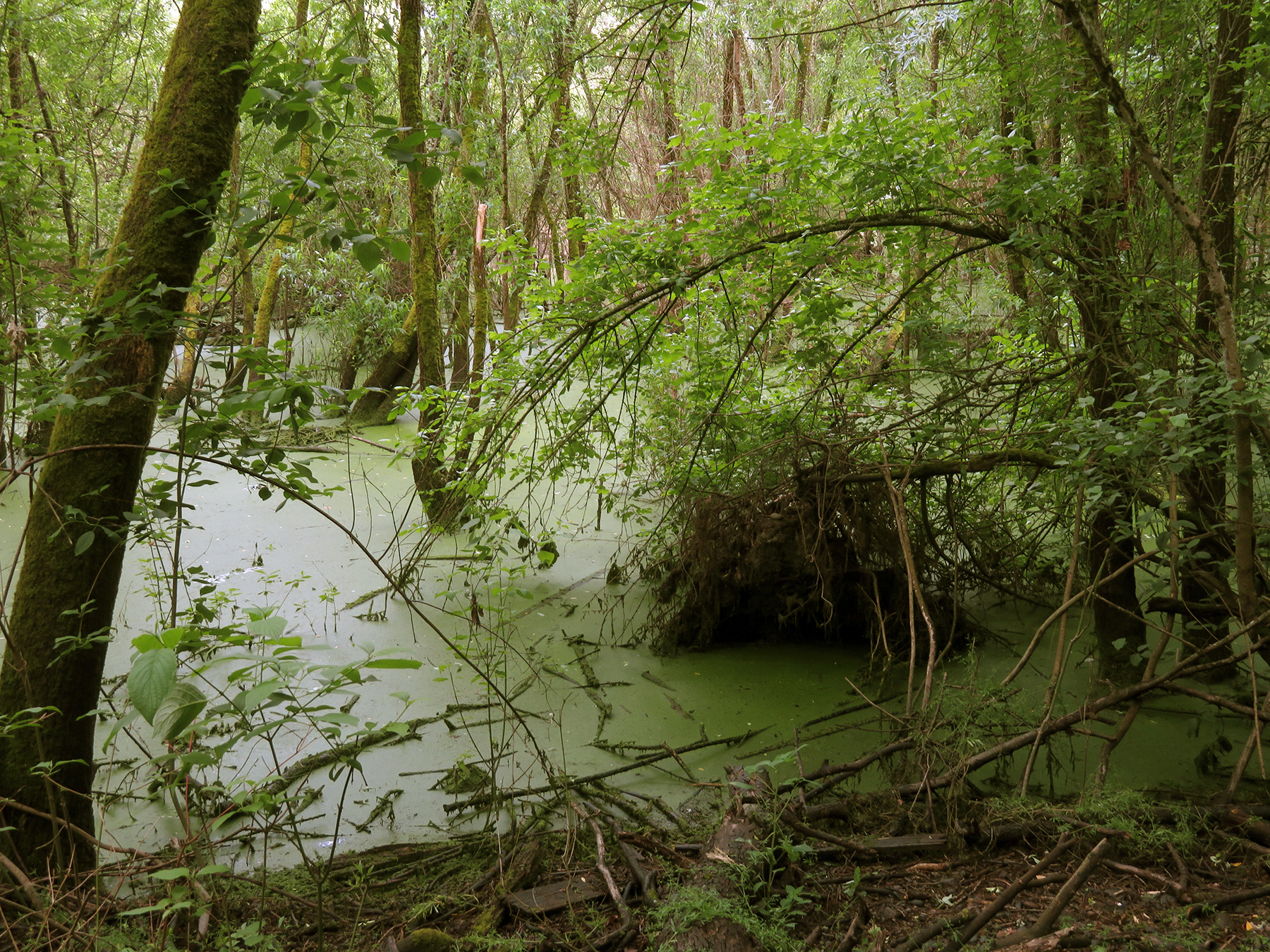I am not exactly a creature of habit but I do like the contentment that comes from frequent and regular visits to specific places, like my once-a-week walk at Oaks Bottom. This week it offered a rhapsody in green. The water did not just reflect the canopy of green above it, with trees and bushes having long grown all their leaves. It had developed its own thick coat of paint, a saturated green layer of duck grit.




The migratory winter water fowl were gone, the geese and herons stayed put. It is lovely to see change, experience surprise a n d feel the warmth of familiarity, all in one fell swoop.



That said, in my next life I would like to combine my Wanderlust and artistic preoccupations along the lines of the life and work of the duo Karoline Hjorth and Riitta Ikonen. I had introduced them earlier here, with their project Eyes as Big as Plates, portraits of older people in their natural environment. Alas, the book has sold out on Amazon.

A different project, stretched out over four years, can be explored here.
The project’s title, Time is a ship that never casts anchor, is derived from a Sami proverb which implies that it is better to be on a journey than to stay still. It is wonderfully descriptive about the longitudinal nature of their work.

Sami culture is, like so many indigenous cultures, severely threatened by both climate change and political forces bent on exploiting the Arctic. Here is a guide to the basic facts of Sami lives and customs now under attack as well as the legal means to defend themselves. Worth a look, particularly in view of the horrendous fuel spill last week that is now contaminating the Siberian rivers flowing into the Arctic ocean, blamed on climate warming, but likely also caused by human greed, indifference and ineptitude.

The two photographers explored the transformation of Kirkenes, a vast region at the north-eastern Norwegian border with Russia and Finland. They documented the construction of a new hospital and in the process visited with and photographed hospital personnel and consultants, Sami reindeer herders, detonation workers, midwifes, wrestling coaches, taxi drivers and local peace workers and the local supporters from electricians to the mayor. The completed artworks were eventually on display at the finished hospital.
“…joined a round-up with Sami reindeer herders and learned how to make our arctic charr sushi dance. We’ve taken the mayor to a bog, manned a taxi station in Båtsfjord, wandered ancient cemeteries with academics and archaeologists, driven to the bottom of an iron-ore mine to find a turquoise lake, wrestled with a peace worker at the border and drunk black coffee with a sound recorder in many living rooms, hyttas, cars and offices to better understand the Jack-of-all-trade Finnmarkings.”

Doesn’t this sound like something I would have fun with?
Seriously now, I do find the dual nature of their work extremely appealing. On the one hand they are documentarians in an anthropological sense, concerned with the cultural diversity, the history of the place and the customs of the people they connect to. They invest time and resources in learning about place, seeing things grow, following the path, not without obstacles, around these kind of huge community projects.



On the other hand they are painters – with a camera, not a canvas and a brush, but still. Their innovative costuming, sensibility for color and form, the intensity of creative use of natural materials for staging all mark them as gifted visual artists. And none of these images are slick or even tinged with a hint of fashion portraits, like I might have argued (on a mean day) for other photographers I introduced previously.


Thus the repeat performance – they deserve every bit of exposure we can provide. I’ll make it a routine, like my Tuesday walk.

Music today is by a Sami woman, Mari Boine, who is a professor for musicology in Norway. She has a strong, openly anti-racist stance, and, for example, refused to perform at the 1994 Winter Olympics in Lillehammer, because she perceived the invitation as an attempt to bring a token minority to the ceremonies.
Here is her single hit Recipe for a Master Race that deals with the racism against the Lapps, and here is a beautiful entire album.
Alas, often interrupted by advertisement. If you don’t have the patience for it, just listen to the third track, starts a bit before 12:00 to get a sense of the language.





